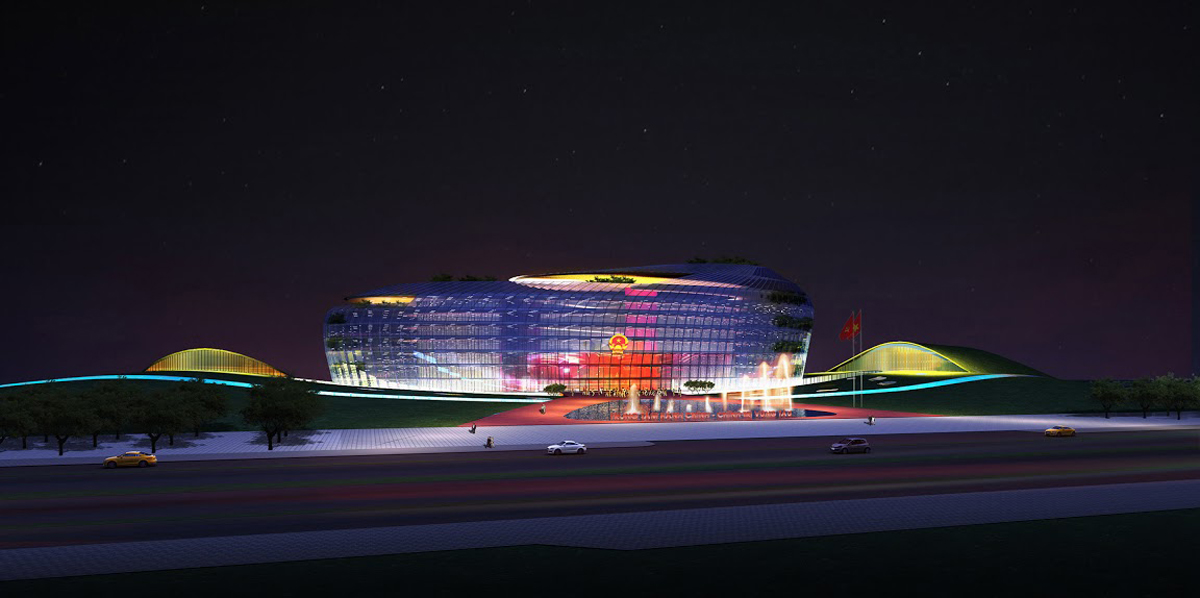Chicago Art Institute – The Modern Wing design by Renzo Piano Building Workshop

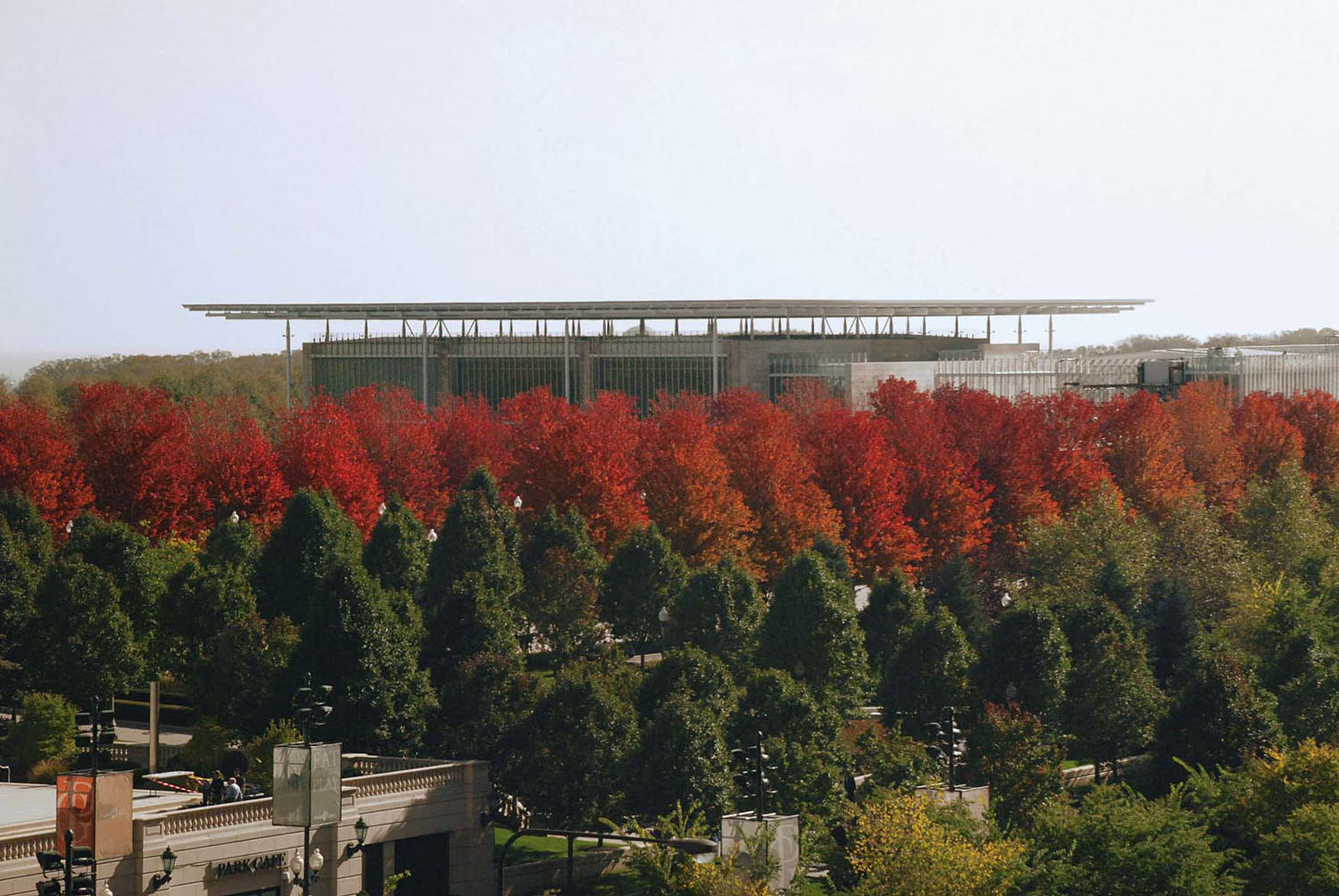
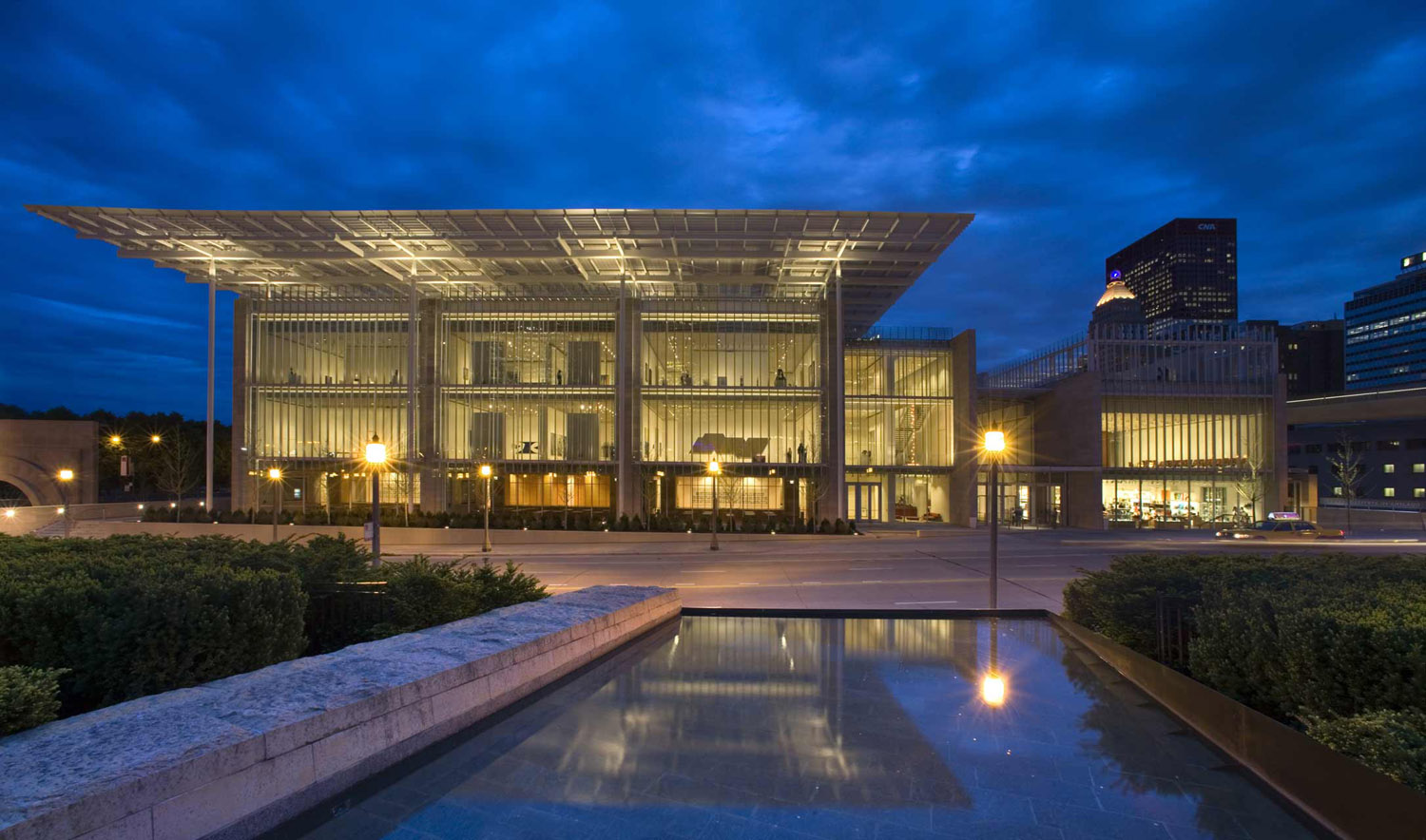
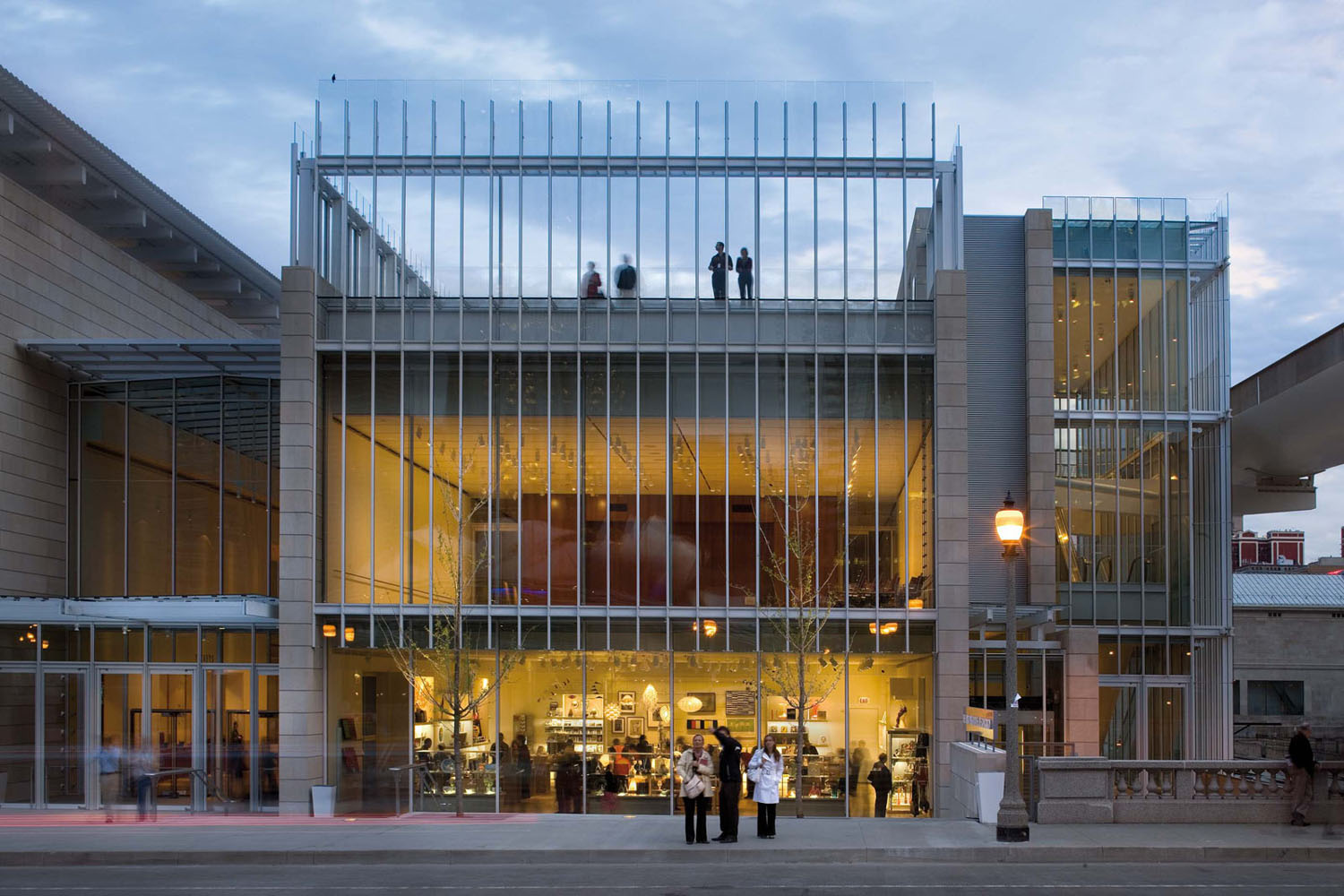
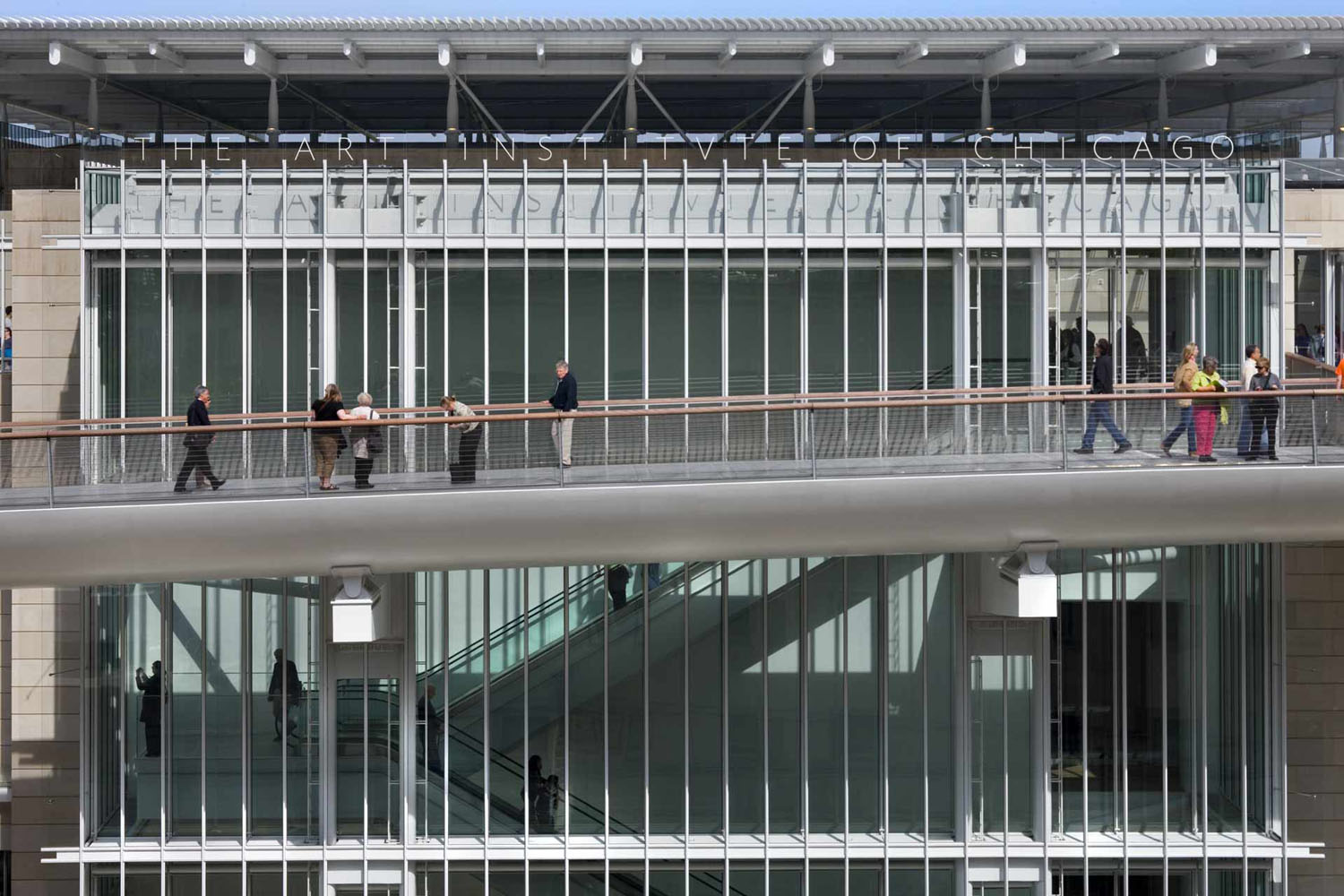
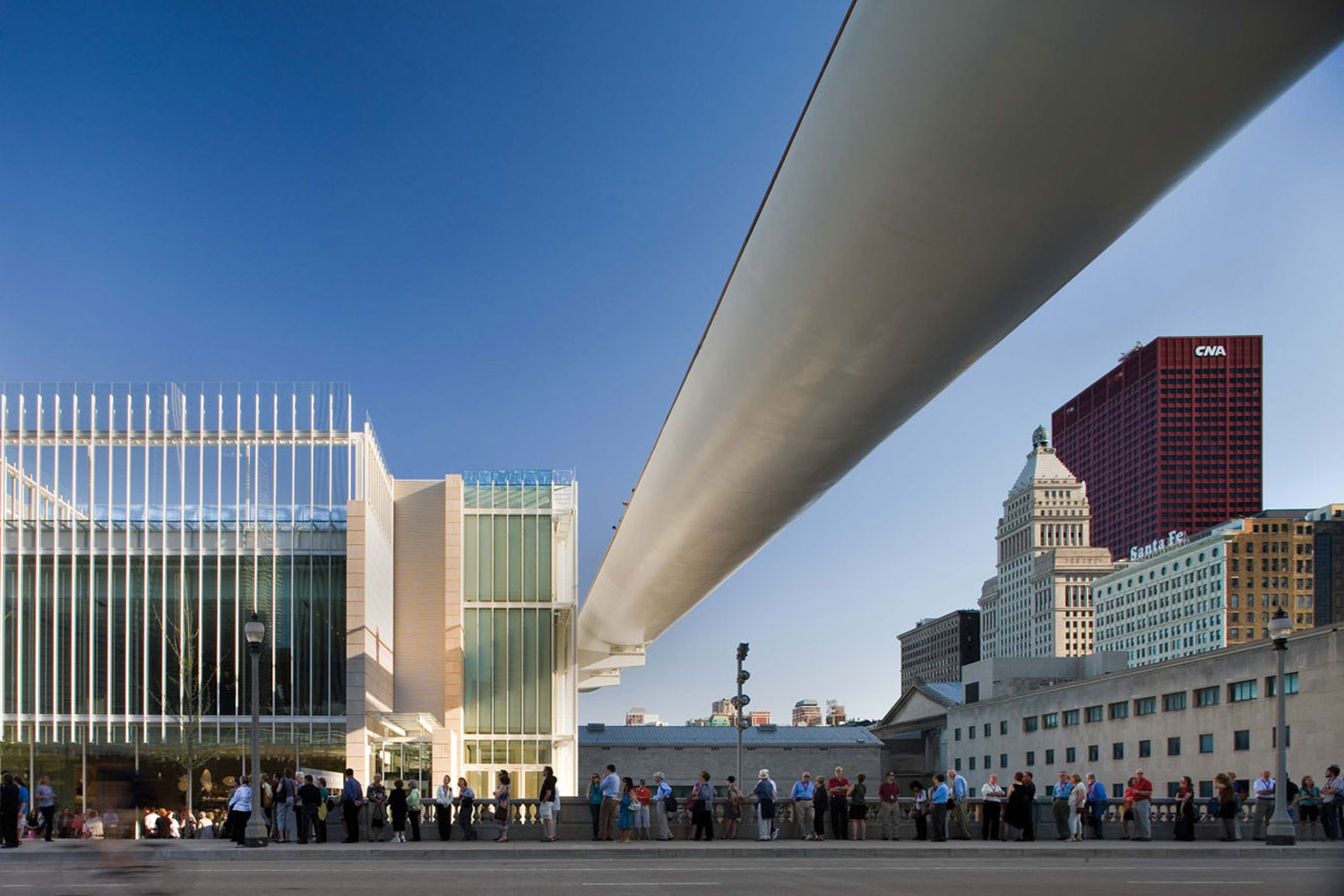

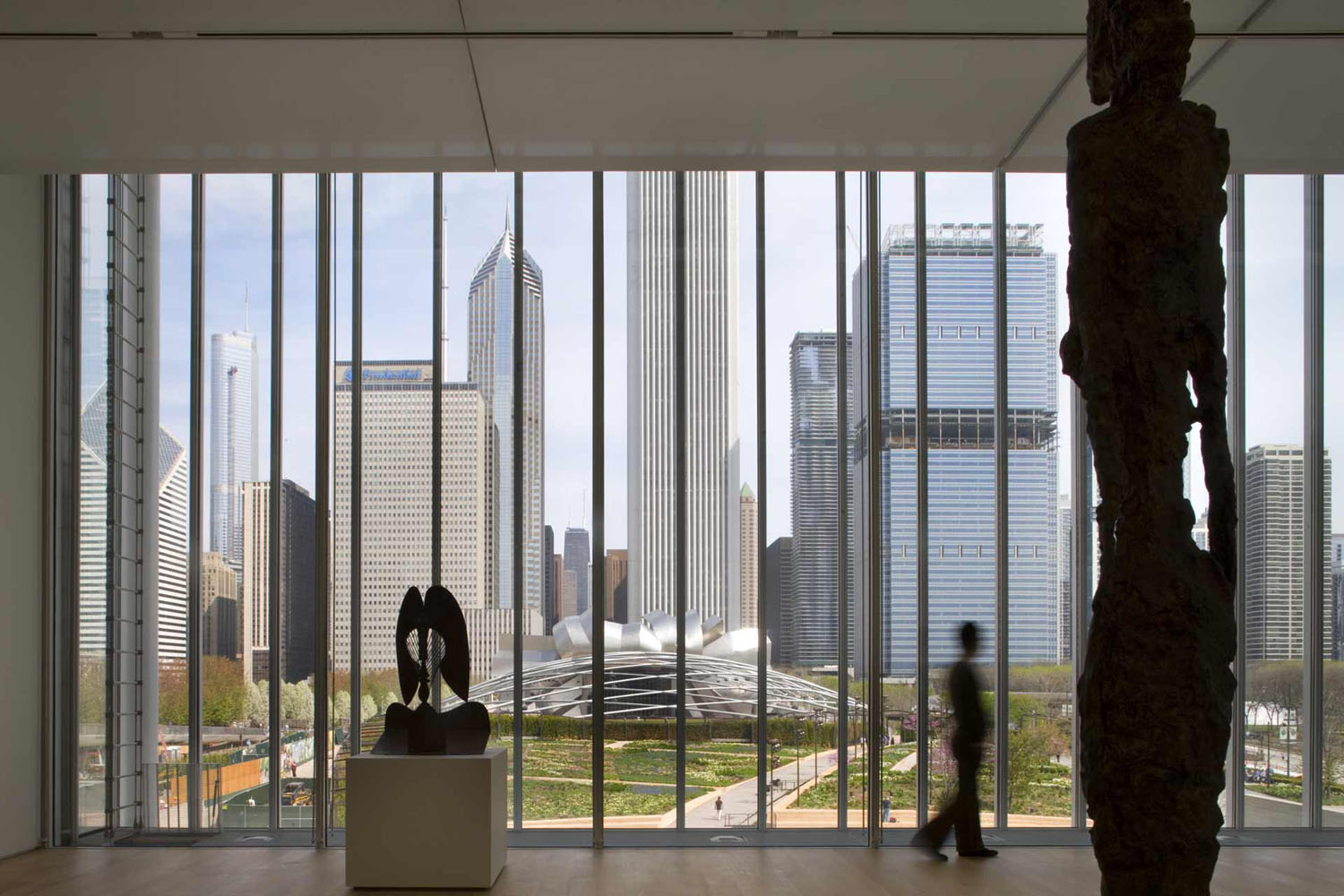
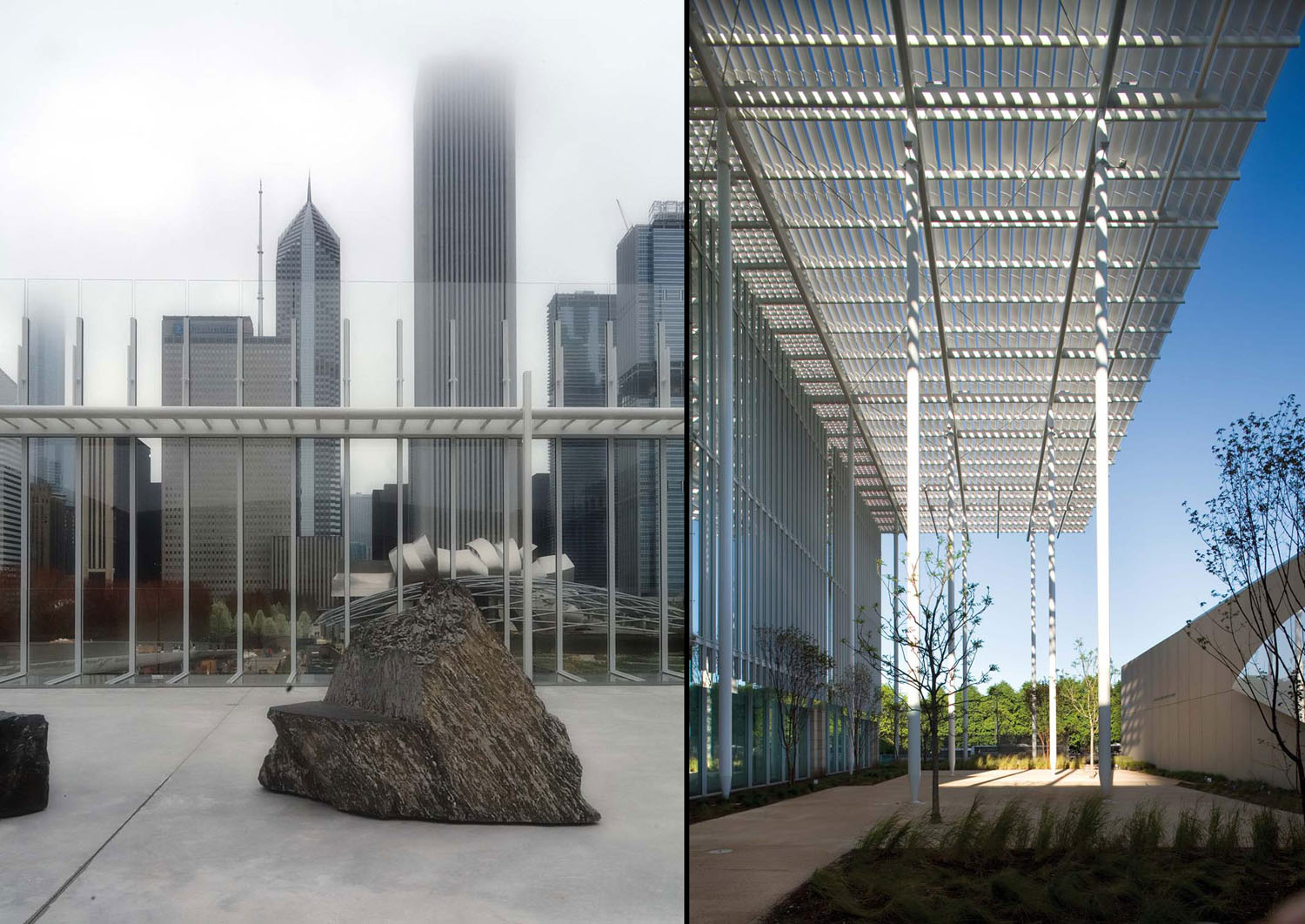
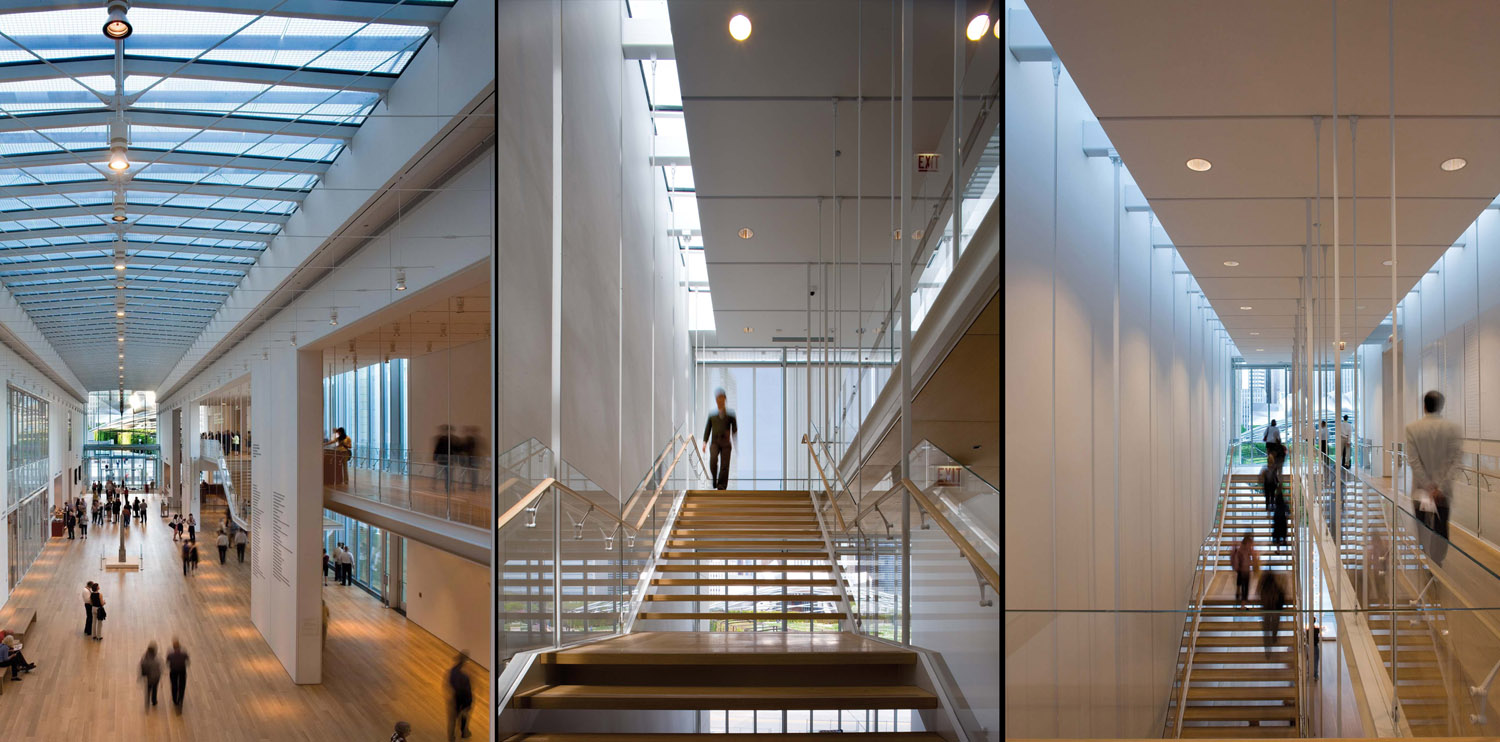
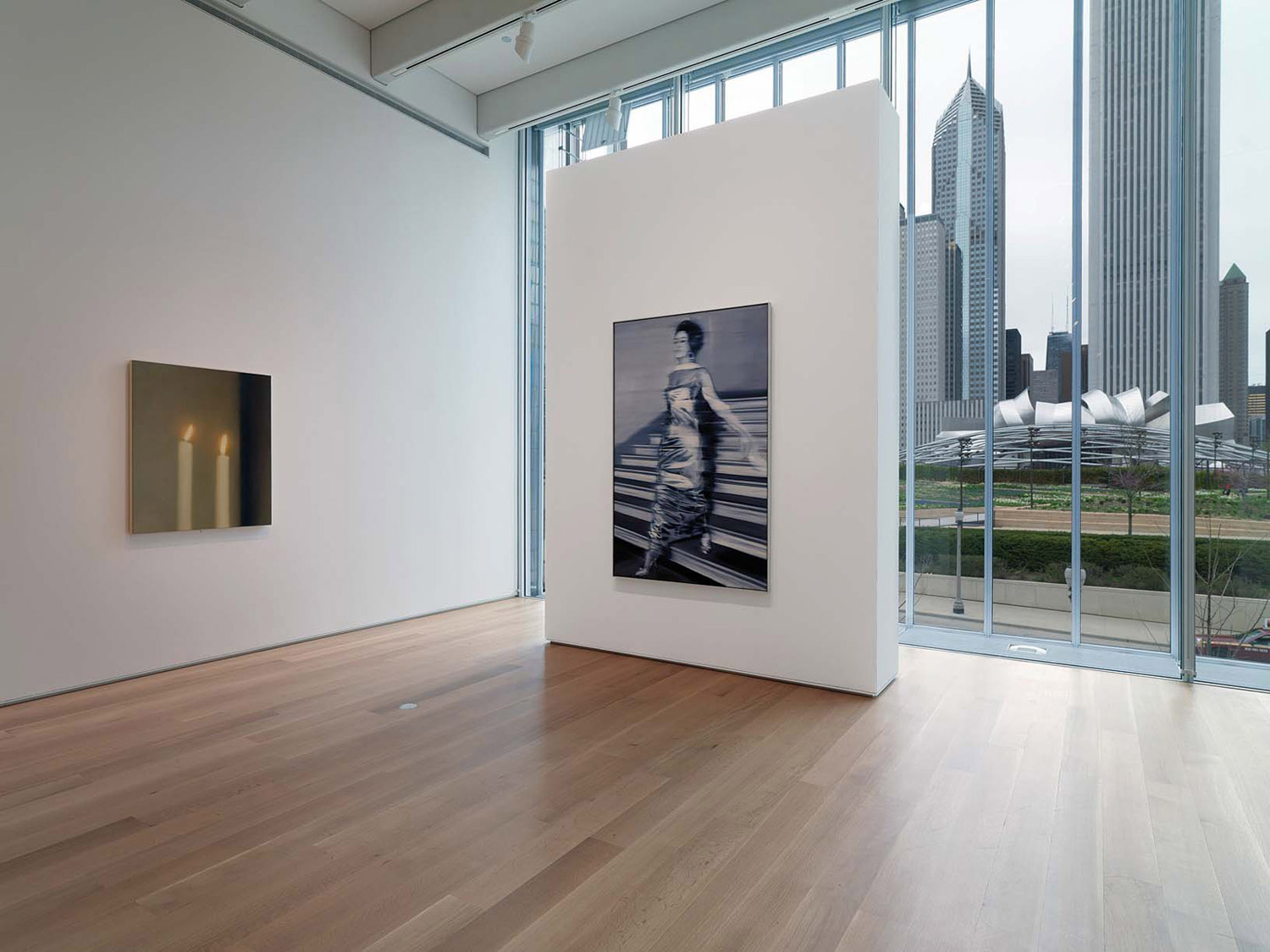

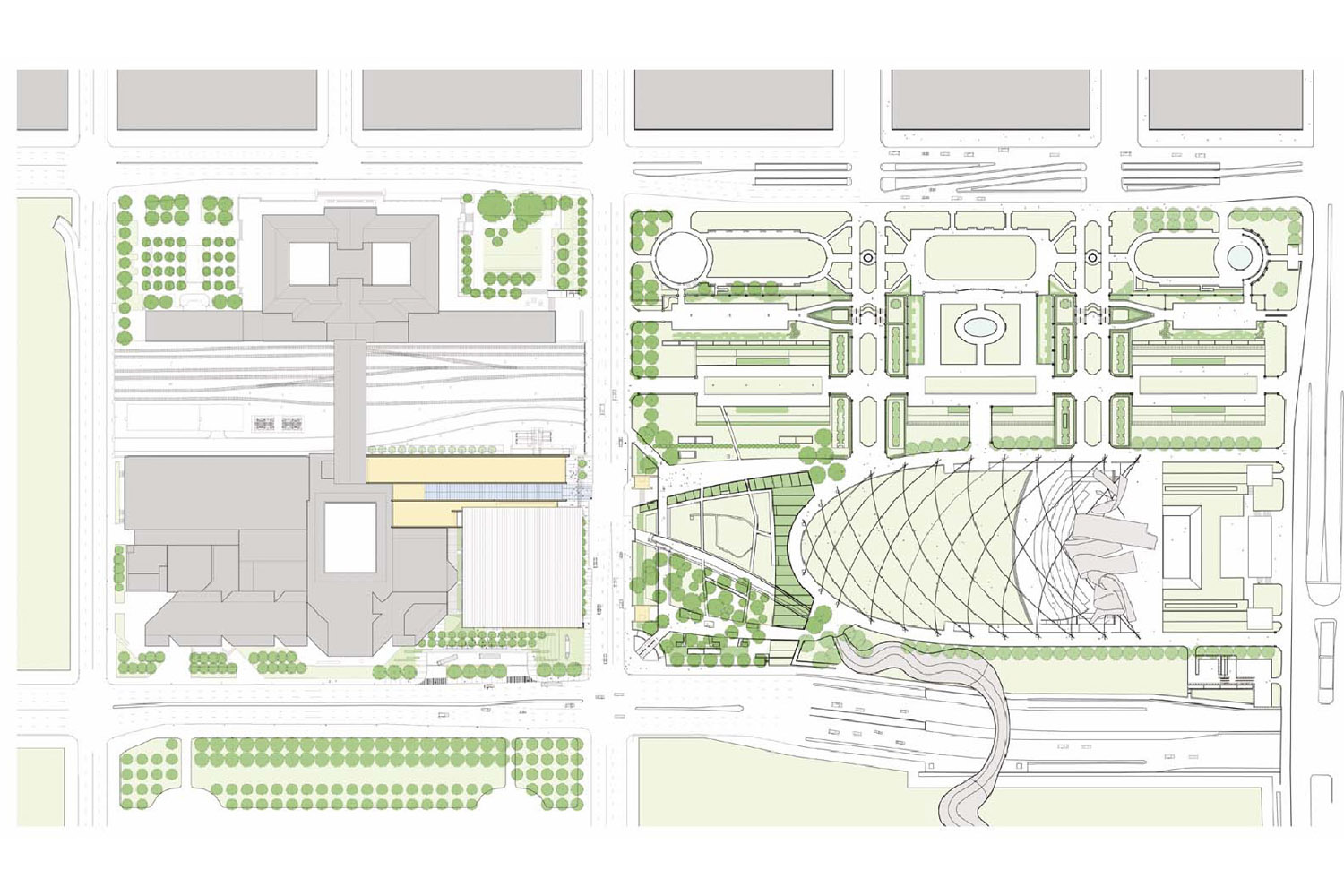
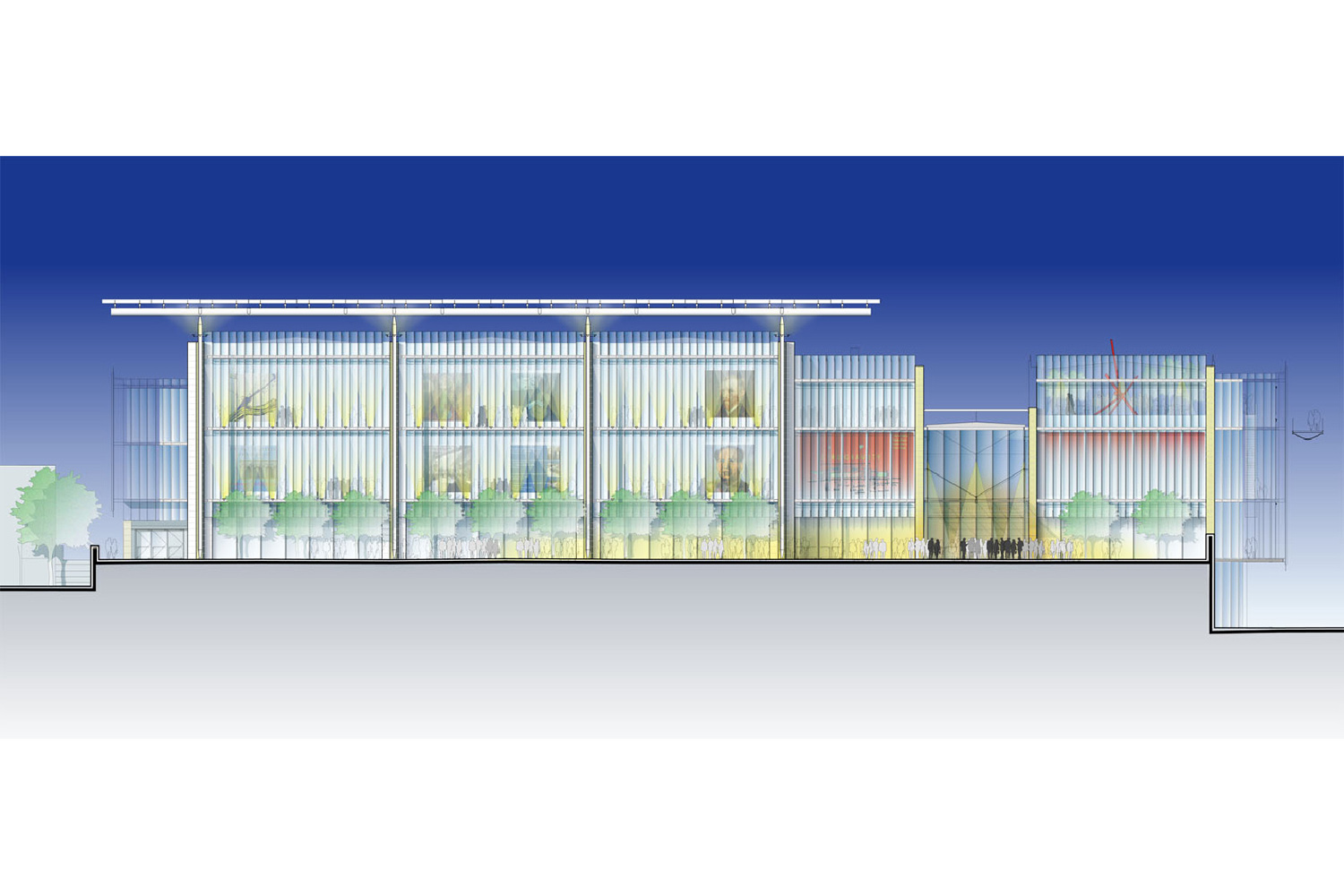
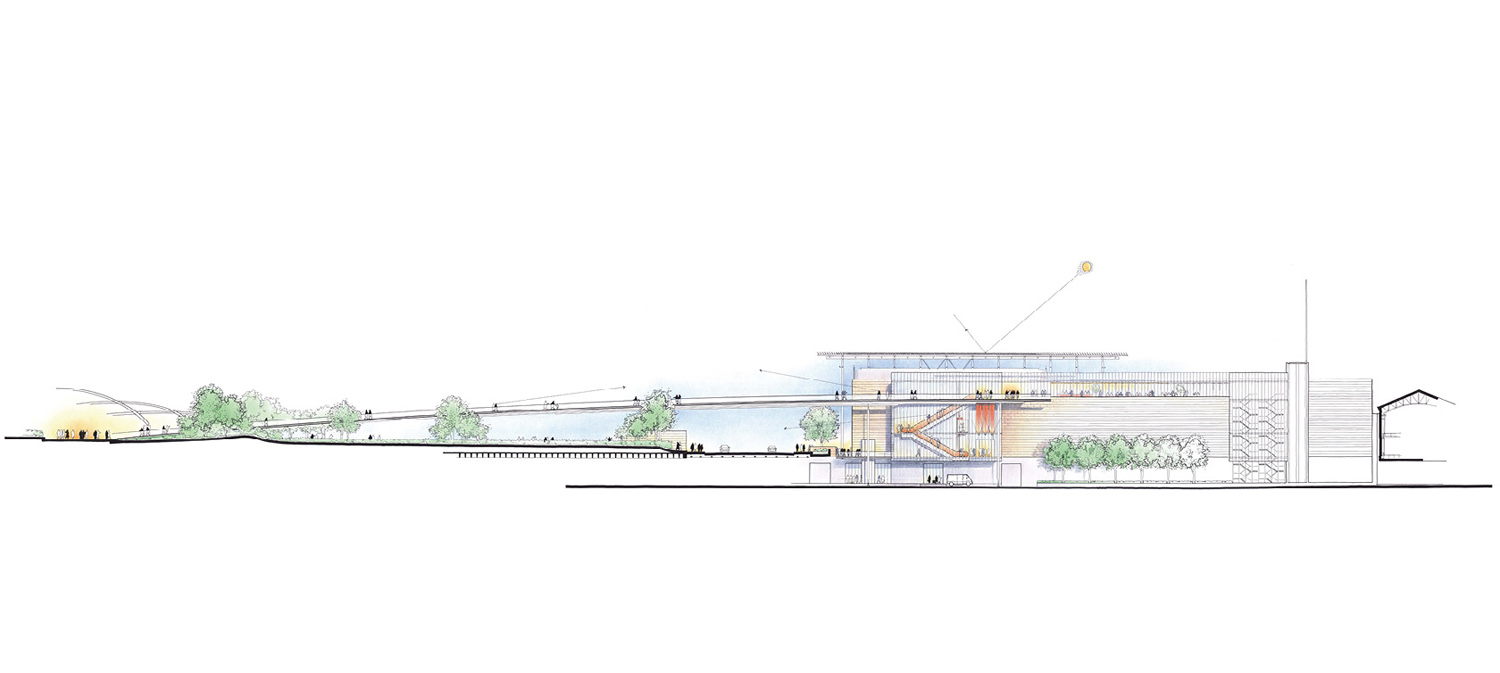

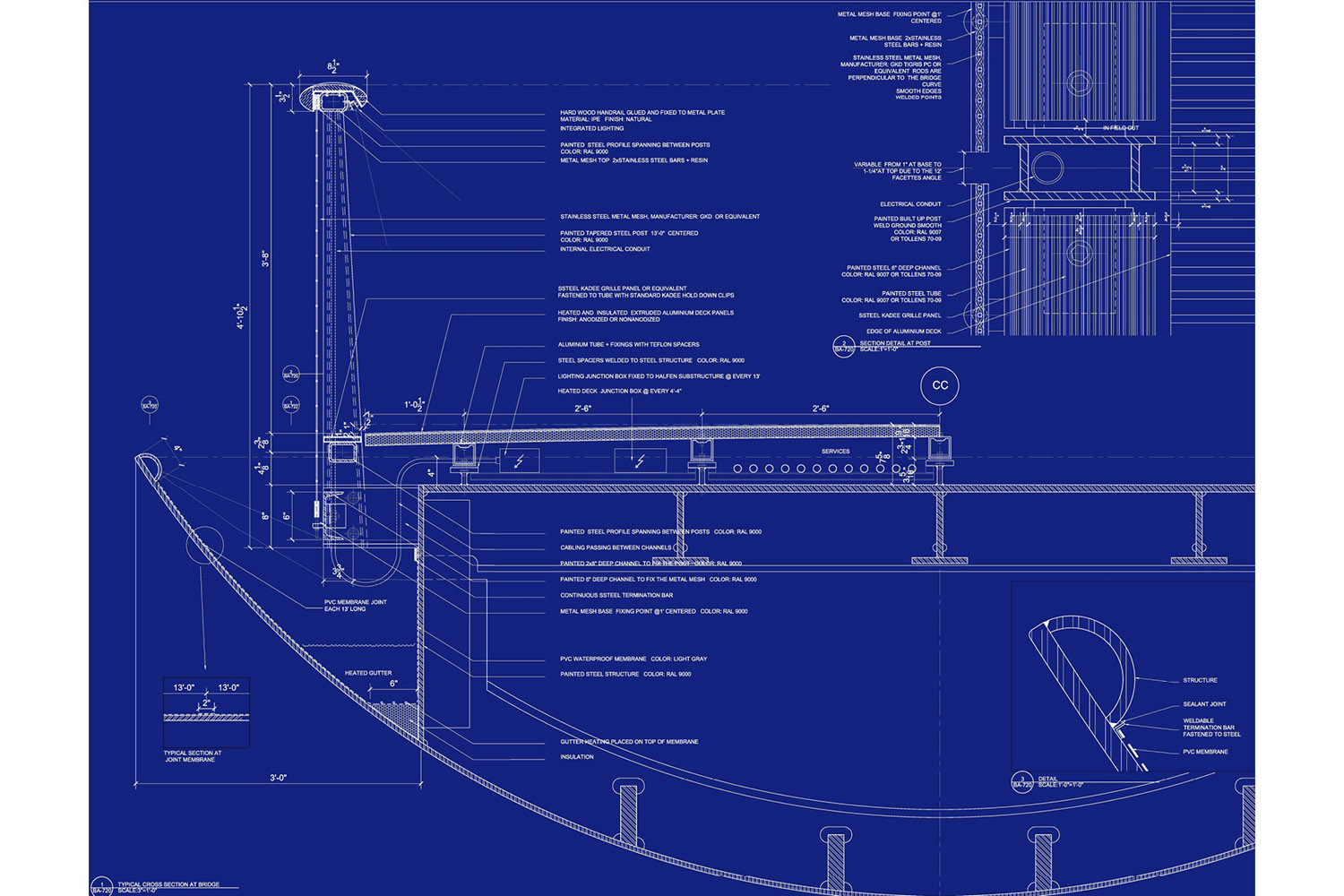
 Architects: Renzo Piano Building Workshop, architects
in collaboration with Interactive Design Inc., architects (Chicago)
Client: The Art Institute of Chicago
Design Team: J. Moolhuijzen (partner in charge), D.Rat, C.Maxwell-Mahon with A.Belvedere, D.Colas, P.Colonna, O.Foucher, A.Gallissian, S.Giorgio-Marrano, H.Lee, W.Matthews, T.Mikdashi, J.B.Mothes, Y.Pagès, B.Payson, M.Reale, J.Rousseau, A.Stern, A.Vachette, C.von Däniken and K.Doerr, M.Gomes, J.Nakagawa; Y.Kyrkos, C.Colson, O.Aubert (models)
Consultants: Ove Arup & Partners (structure); Ove Arup & Partners + Sebesta Blomberg (services); Patrick Engineering (civil engineering); Wiss, Janey, Elstner Associates Inc.(structure for bridge interface with Millenium Park); The Talaske Group (A/V consultant); Gustafson Guthrie Nichol Ltd. (landscaping); Morgan Construction Consultants (cost consultant); Carter Burgess (LEED consultant)
Photograph and image: Renzo Piano Building WorkshopLocated in Grant Park, a green space on the banks of the lake, the Art Institute sits between Michigan Avenue and Columbus Drive, its site bisected by railroad tracks.
The limestone Beaux-Art building dates from 1893 and faces the western side of the city. Just behind it the Modern Wing sits rotated 90° towards the north, providing a new point of access to the museum from Millennium Park, the venue of many of Chicago’s cultural events.
The lightweight, transparent vertical facade of the Modern Wing features glass and metal referencing the Chicago skyline, while the solid limestone walls that punctuate the glass facade pay homage to the architecture of the original Art Institute building.
The Modern Wing is laid out around Griffin Court and the new entrance from Monroe Street. The large double-height foyer is naturally lit and flanked by a learning centre, ticket counters, the museum gift shop, a cloakroom, lavatories, temporary exhibition space and a garden. Griffin Court orients the visitors and separates the exhibition spaces to the east of the railroad track from those to west. From the Court one can access the two upper floors of the Modern Wing or cross through the gallery that leads over the tracks to the museum’s original building.
The entire second and third floors of the Modern Wing house the art collection; in naturally daylit galleries.
The Millennium Park and the museum are both physically and visually connected: the Nichols Bridgeway, an elegant footbridge, crosses over the park, past Monroe Street and into the upper floor of the museum, passing through the restaurant.
Once inside, the floor to ceiling windows frame views of the park and the city skyline – a perfect backdrop for the sculpture collection.
The roof, sometimes described as a “flying carpet”, appears to float over the building.
The curved aluminium panels filter the daylight that then penetrates into the building below. The ideal north-south layout of the sunshades notwithstanding, additional canopies filter out the glare of the sun reflected off of the adjacent lake’s surface.
The machinery running the building, storage space for works of art, and the technical and mechanical equipment are all housed in new spaces buried below street level.
Source: Renzo Piano Building Workshop m i l i m e t d e s i g n – W h e r e t h e c o n v e r g e n c e o f u n i q u e c r e a t i v e s
Architects: Renzo Piano Building Workshop, architects
in collaboration with Interactive Design Inc., architects (Chicago)
Client: The Art Institute of Chicago
Design Team: J. Moolhuijzen (partner in charge), D.Rat, C.Maxwell-Mahon with A.Belvedere, D.Colas, P.Colonna, O.Foucher, A.Gallissian, S.Giorgio-Marrano, H.Lee, W.Matthews, T.Mikdashi, J.B.Mothes, Y.Pagès, B.Payson, M.Reale, J.Rousseau, A.Stern, A.Vachette, C.von Däniken and K.Doerr, M.Gomes, J.Nakagawa; Y.Kyrkos, C.Colson, O.Aubert (models)
Consultants: Ove Arup & Partners (structure); Ove Arup & Partners + Sebesta Blomberg (services); Patrick Engineering (civil engineering); Wiss, Janey, Elstner Associates Inc.(structure for bridge interface with Millenium Park); The Talaske Group (A/V consultant); Gustafson Guthrie Nichol Ltd. (landscaping); Morgan Construction Consultants (cost consultant); Carter Burgess (LEED consultant)
Photograph and image: Renzo Piano Building WorkshopLocated in Grant Park, a green space on the banks of the lake, the Art Institute sits between Michigan Avenue and Columbus Drive, its site bisected by railroad tracks.
The limestone Beaux-Art building dates from 1893 and faces the western side of the city. Just behind it the Modern Wing sits rotated 90° towards the north, providing a new point of access to the museum from Millennium Park, the venue of many of Chicago’s cultural events.
The lightweight, transparent vertical facade of the Modern Wing features glass and metal referencing the Chicago skyline, while the solid limestone walls that punctuate the glass facade pay homage to the architecture of the original Art Institute building.
The Modern Wing is laid out around Griffin Court and the new entrance from Monroe Street. The large double-height foyer is naturally lit and flanked by a learning centre, ticket counters, the museum gift shop, a cloakroom, lavatories, temporary exhibition space and a garden. Griffin Court orients the visitors and separates the exhibition spaces to the east of the railroad track from those to west. From the Court one can access the two upper floors of the Modern Wing or cross through the gallery that leads over the tracks to the museum’s original building.
The entire second and third floors of the Modern Wing house the art collection; in naturally daylit galleries.
The Millennium Park and the museum are both physically and visually connected: the Nichols Bridgeway, an elegant footbridge, crosses over the park, past Monroe Street and into the upper floor of the museum, passing through the restaurant.
Once inside, the floor to ceiling windows frame views of the park and the city skyline – a perfect backdrop for the sculpture collection.
The roof, sometimes described as a “flying carpet”, appears to float over the building.
The curved aluminium panels filter the daylight that then penetrates into the building below. The ideal north-south layout of the sunshades notwithstanding, additional canopies filter out the glare of the sun reflected off of the adjacent lake’s surface.
The machinery running the building, storage space for works of art, and the technical and mechanical equipment are all housed in new spaces buried below street level.
Source: Renzo Piano Building Workshop m i l i m e t d e s i g n – W h e r e t h e c o n v e r g e n c e o f u n i q u e c r e a t i v e s
TYPE OF WORKS
Most Viewed Posts

Lusail Museum design by Herzog & de Meuron
3367 views

Lotte World Tower design by KPF
3290 views

Chaoyang Park Plaza design by MAD Architects
2964 views
Since 2009. Copyright © 2023 Milimetdesign. All rights reserved. Contact: milimetdesign@milimet.com




























